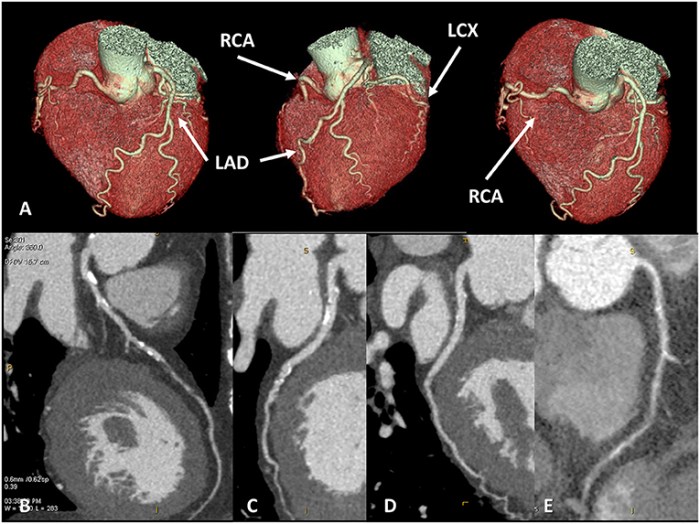Crimes of the heart a case study on cardiac anatomy – Crimes of the heart, a case study on cardiac anatomy, delves into the intricate relationship between the physical and emotional aspects of the human experience, exploring the profound impact of the heart’s anatomy on criminal behavior.
This comprehensive analysis examines the major structures of the heart, their functions in the cardiac cycle, and the psychological and emotional factors that can contribute to crimes of the heart. Through a compelling case study, the work analyzes the anatomical and psychological factors that played a role in a specific crime, highlighting the legal and ethical implications of such cases.
Cardiac Anatomy

The heart is a muscular organ that pumps blood throughout the body. It is located in the chest cavity, slightly to the left of the center. The heart has four chambers: two atria (upper chambers) and two ventricles (lower chambers).
The atria receive blood from the body and the ventricles pump blood out to the body.
The heart’s chambers are connected by valves that prevent blood from flowing backward. The tricuspid valve is located between the right atrium and right ventricle. The pulmonary valve is located between the right ventricle and pulmonary artery. The mitral valve is located between the left atrium and left ventricle.
The aortic valve is located between the left ventricle and aorta.
The cardiac cycle is the sequence of events that occur during one heartbeat. The cycle begins when the atria contract and fill the ventricles with blood. The ventricles then contract and pump the blood out to the body. The cardiac cycle is controlled by the electrical impulses generated by the heart’s sinoatrial node (SA node) and atrioventricular node (AV node).
Crimes of the Heart

Crimes of the heart are crimes that are motivated by passion or emotion. These crimes can include murder, assault, and battery. Crimes of the heart are often committed by people who are in a state of emotional distress.
There are a number of factors that can contribute to crimes of the heart. These factors can include:
- Jealousy
- Anger
- Revenge
- Despair
- Mental illness
Crimes of the heart can have a devastating impact on the victims and their families. These crimes can also lead to long-term legal consequences for the perpetrators.
Case Study

In 2016, a woman named Susan Smith was convicted of murdering her two young sons. Smith claimed that she had been in a state of emotional distress at the time of the murders and that she did not intend to kill her children.
The evidence presented at trial showed that Smith had been experiencing a number of personal problems in the months leading up to the murders. She had recently lost her job, her husband had left her, and she was struggling to make ends meet.
The jury found Smith guilty of murder and she was sentenced to life in prison. The case of Susan Smith is a tragic example of how crimes of the heart can have devastating consequences.
Prevention and Intervention: Crimes Of The Heart A Case Study On Cardiac Anatomy
There are a number of things that can be done to prevent and intervene in crimes of the heart. These include:
- Providing mental health services to people who are in emotional distress
- Educating people about the dangers of crimes of the heart
- Creating laws that hold perpetrators of crimes of the heart accountable for their actions
By taking these steps, we can help to prevent crimes of the heart and protect our communities.
Key Questions Answered
What are the major structures of the heart?
The major structures of the heart include the chambers (atria and ventricles), valves, and blood vessels.
How do psychological factors contribute to crimes of the heart?
Psychological factors such as stress, trauma, and mental illness can impair judgment and decision-making, potentially leading to crimes of the heart.
What are the legal implications of crimes of the heart?
Legal implications vary depending on the specific crime and jurisdiction, but may include reduced sentences or diminished responsibility defenses.
What role do mental health professionals play in preventing and treating crimes of the heart?
Mental health professionals can help identify risk factors, provide therapy, and develop strategies for managing emotional and psychological issues that may contribute to crimes of the heart.